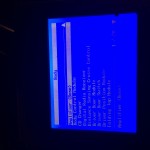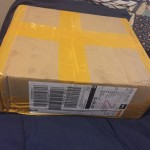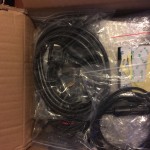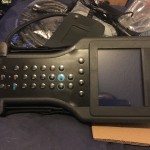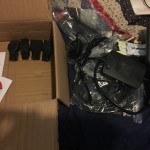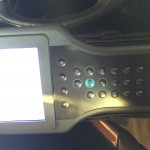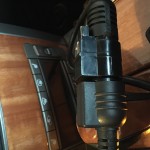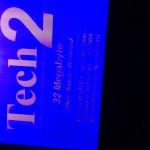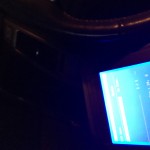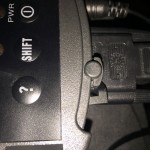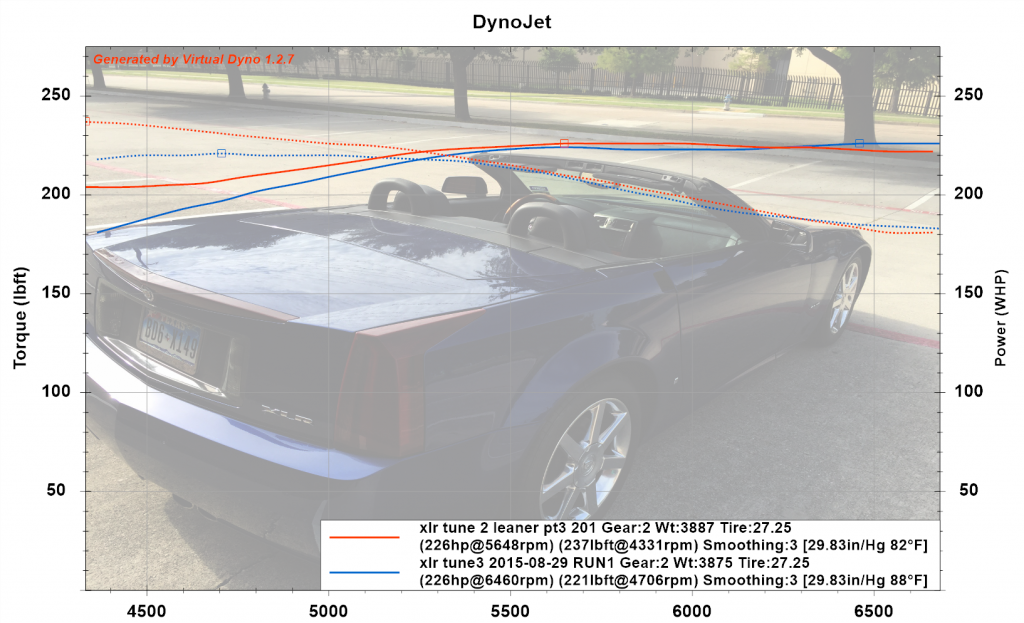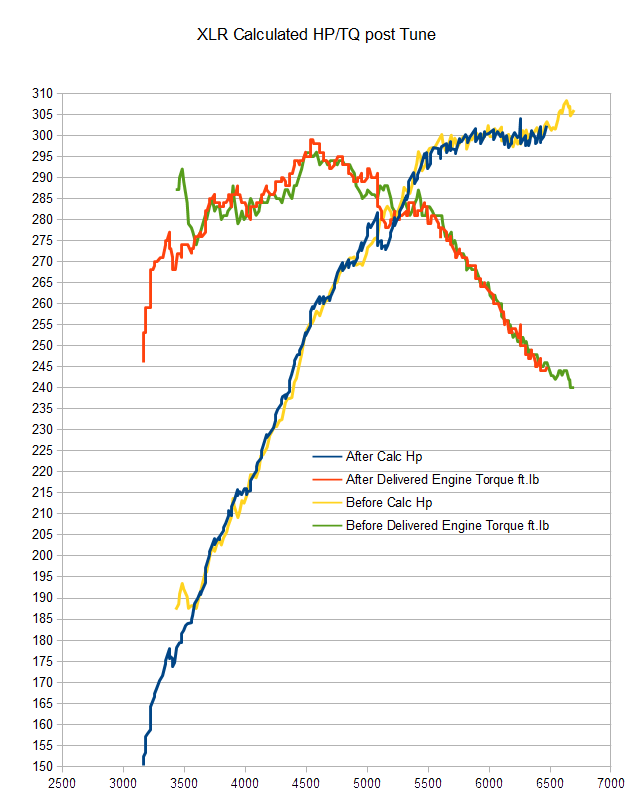The GM Tech 2 is a military grade custom hand-held computer designed to enable the GM shop technician the insights and capabilities to diagnose and maintain their charges. GM has now replaced this system with a computer based MDI system. However, for vehicles like my 2007 Cadillac XLR or 2008 Cadillac STS-V, the Tech 2 can be a key diagnostic and repair tool.
As an experiment, I ordered a Tech 2 on AliExpress.com from NO.1 Auto Diagnostic Tool Store. I selected this source based on the AliExpress reputation level and number of reports.
I ordered the device on Sunday, and it arrived in Texas to my door on Wednesday — with free shipping and very good DHL service from Hong Kong to Texas!
After some initial user error, I was able to plug Tab A into Slot A and Tab B into Slot B and etc. With the Tech 2 properly connected I was able to read from and interact with my 2007 Cadillac XLR. I still have a lot to learn about the Tech 2 but for plug it in and see it work tonight was a success.
I will update this article as I use the No 1 Auto Diagnostic Tool Store Tech 2 a bit more, and will mention in future articles when it is in use. I paid for the item with my own funds, and no one sponsored this article.

